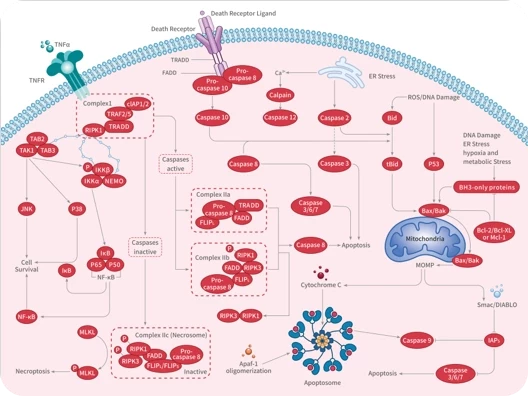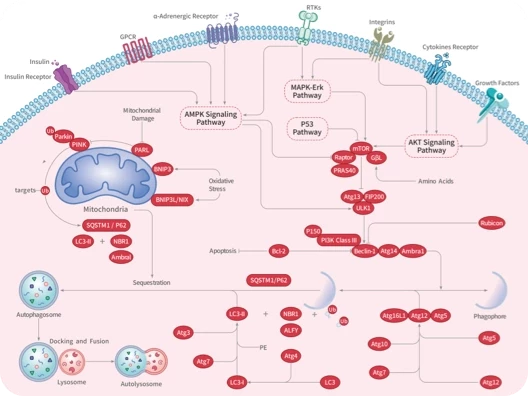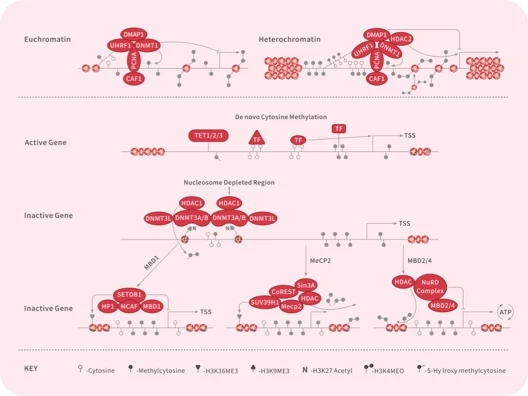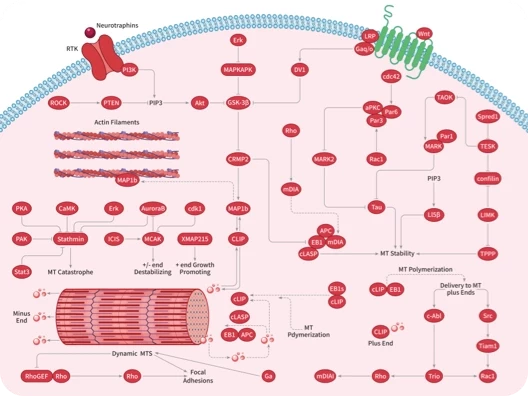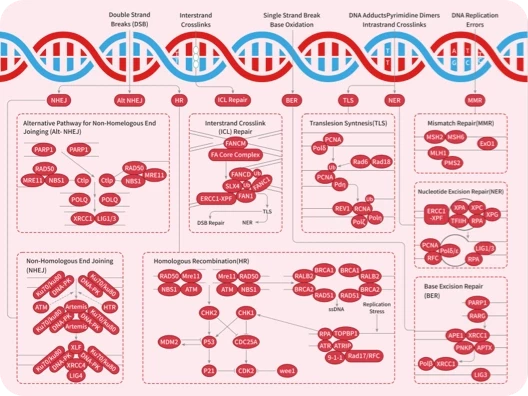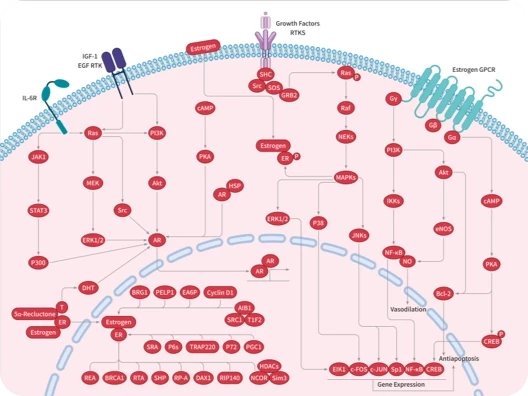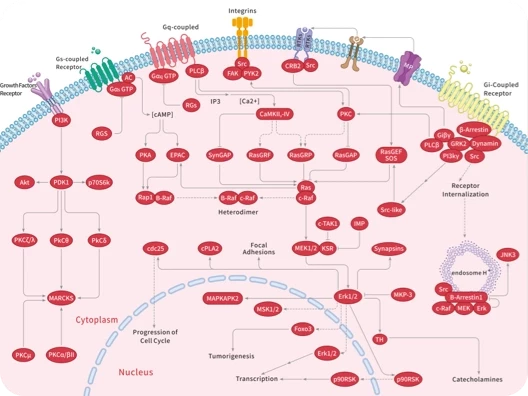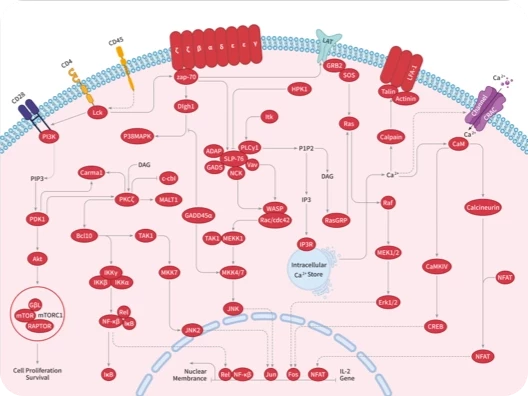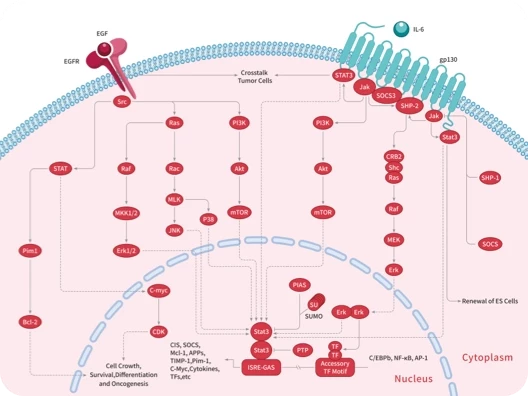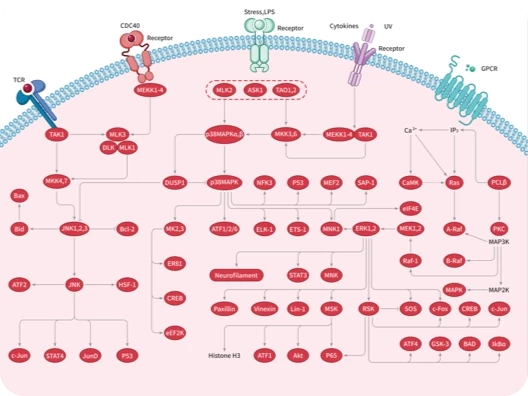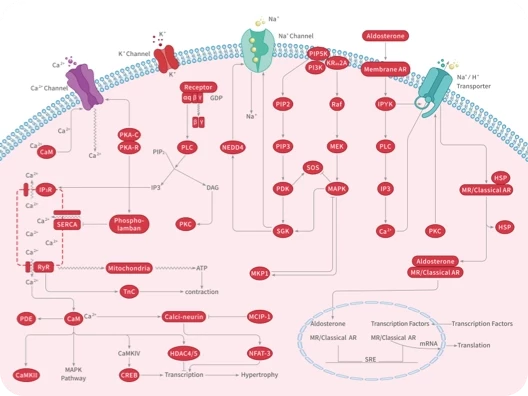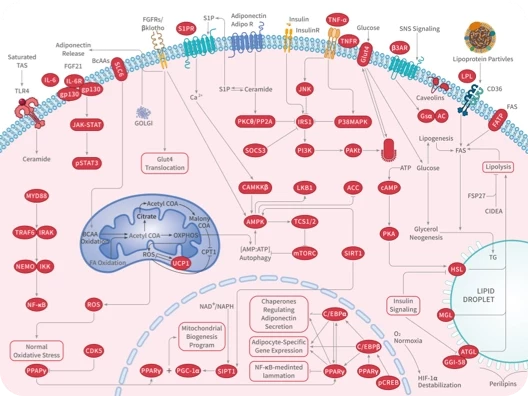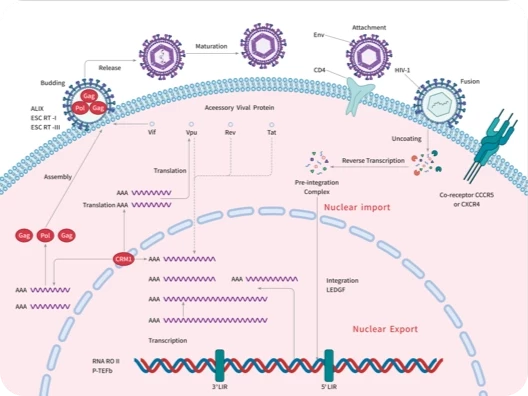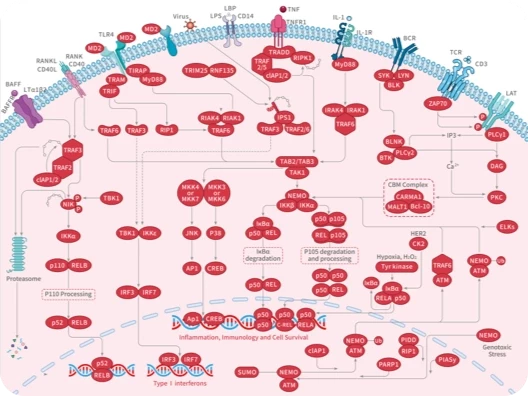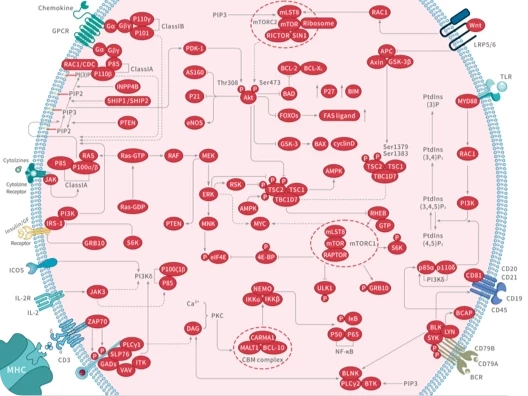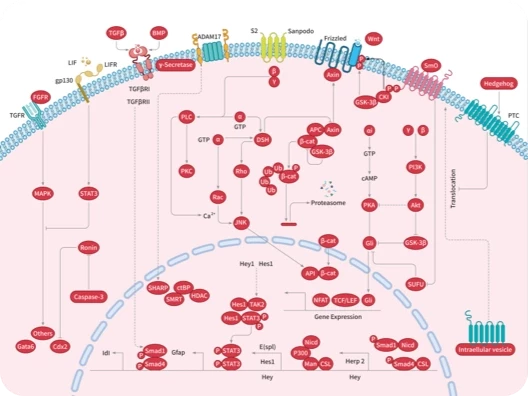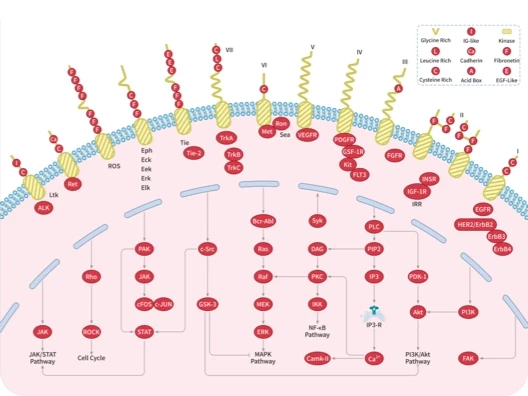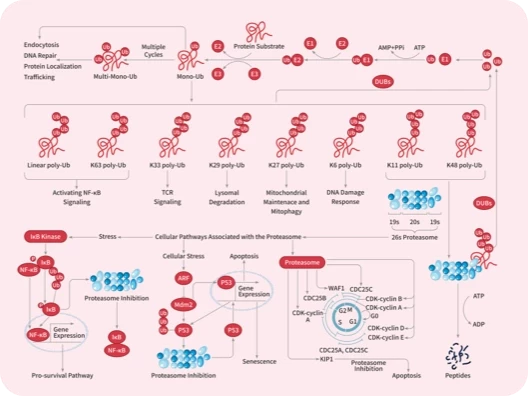- 全部删除
 您的购物车当前为空
您的购物车当前为空
SFTPB Protein, Human, Recombinant (His)
Pulmonary surfactant-associated protein B, also known as SFTPB and SP-B, contains one saposin A-type domain and three saposin B-type domains. SP-B is produced primarily by alveolar type II cells (AEC2) but also by nonciliated respiratory epithelial cells lining distal portions of the respiratory tract. Its secretion promotes alveolar homeostasis, stabilizing lipid layers and lowering surface tension at the air-liquid interface in the peripheral air spaces. Alveolar SP-B influences surfactant formation, effector cell functions, and innate host defense. Deficiency is associated with respiratory distress syndrome (RDS), pulmonary surfactant metabolism dysfunction 1 (SMDP1), and other human lung diseases. Gene addition and editing therapies show promise by complementing SP-B expression in AEC2s, restoring the phenotypic defect in vitro and in vivo.
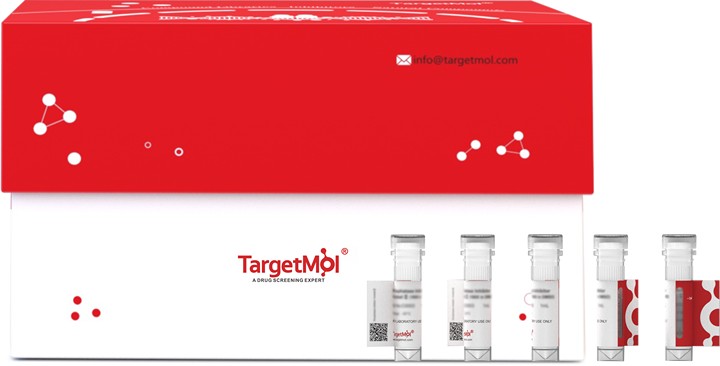
SFTPB Protein, Human, Recombinant (His)
| 规格 | 价格 | 库存 | 数量 |
|---|---|---|---|
| 100 μg | ¥ 5,100 | 5日内发货 |
产品信息
| 生物活性 | Activity testing is in progress. It is theoretically active, but we cannot guarantee it. If you require protein activity, we recommend choosing the eukaryotic expression version first. |
| 产品描述 | Pulmonary surfactant-associated protein B, also known as SFTPB and SP-B, contains one saposin A-type domain and three saposin B-type domains. SP-B is produced primarily by alveolar type II cells (AEC2) but also by nonciliated respiratory epithelial cells lining distal portions of the respiratory tract. Its secretion promotes alveolar homeostasis, stabilizing lipid layers and lowering surface tension at the air-liquid interface in the peripheral air spaces. Alveolar SP-B influences surfactant formation, effector cell functions, and innate host defense. Deficiency is associated with respiratory distress syndrome (RDS), pulmonary surfactant metabolism dysfunction 1 (SMDP1), and other human lung diseases. Gene addition and editing therapies show promise by complementing SP-B expression in AEC2s, restoring the phenotypic defect in vitro and in vivo. |
| 种属 | Human |
| 表达系统 | CHO Cells |
| 标签 | C-His |
| 蛋白编号 | P07988 |
| 别名 | SP-B,SMDP1,SFTP3,SFTB3,PSP-B |
| 蛋白构建 | A DNA sequence encoding the Human SFTPB (NP_000533.4) (Trp25-Ser381) was expressed with a polyhistidine tag at the C-terminus. Predicted N terminal: Trp 25 |
| 蛋白纯度 | ≥ 95% as determined by SDS-PAGE |
| 分子量 | 41.04 kDa (predicted); 45 kDa (reducing conditions) |
| 内毒素 | < 1.0 EU/μg of the protein as determined by the LAL method. |
| 缓冲液 | Lyophilized from a solution filtered through a 0.22 μm filter, containing PBS, pH 7.4. Typically, a mixture containing 5% to 8% trehalose, mannitol, and 0.01% Tween 80 is incorporated as a protective agent before lyophilization. |
| 复溶方法 | A Certificate of Analysis (CoA) containing reconstitution instructions is included with the products. Please refer to the CoA for detailed information. |
| 存储 | It is recommended to store recombinant proteins at -20°C to -80°C for future use. Lyophilized powders can be stably stored for over 12 months, while liquid products can be stored for 6-12 months at -80°C. For reconstituted protein solutions, the solution can be stored at -20°C to -80°C for at least 3 months. Please avoid multiple freeze-thaw cycles and store products in aliquots. |
| 运输方式 | In general, Lyophilized powders are shipping with blue ice. |
| 研究背景 | Pulmonary surfactant-associated protein B, also known as SFTPB and SP-B, contains one saposin A-type domain and three saposin B-type domains. SP-B is produced primarily by alveolar type II cells (AEC2) but also by nonciliated respiratory epithelial cells lining distal portions of the respiratory tract. Its secretion promotes alveolar homeostasis, stabilizing lipid layers and lowering surface tension at the air-liquid interface in the peripheral air spaces. Alveolar SP-B influences surfactant formation, effector cell functions, and innate host defense. Deficiency is associated with respiratory distress syndrome (RDS), pulmonary surfactant metabolism dysfunction 1 (SMDP1), and other human lung diseases. Gene addition and editing therapies show promise by complementing SP-B expression in AEC2s, restoring the phenotypic defect in vitro and in vivo. |


















